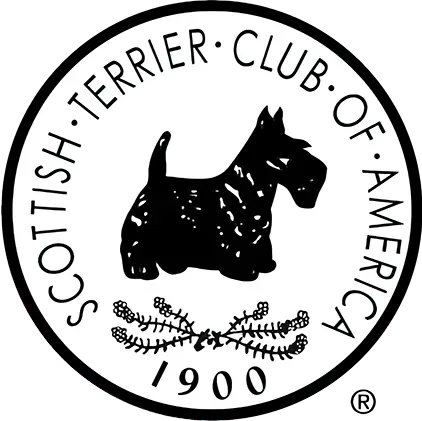Judging the Scottish terrier
View the overall outline of the dog, and how it is stacked.
Get a feel for the stride and pace of the dogs.
From the table you will get a thorough, hands-on review of each dog. The table removes issues with the grass hiding things.
- Again, check the outline.
- Examine the head, the planes, the bite, the eyes, cheeks, ear set.
- Test the fill of the chest and depth of the keel, straightness of the leg placement.
- Run your hands down the front legs examining elbows and foot placement.
Moving to the side, check:
- where the neck joins the back
- the angle of the shoulder and upper arm.
- feel the coat.
- size of the chest.
- lie of the topline.
- position of the tail.
- the placement of the rear shelf.
From the back:
-
- feel the tail.
- run your hands down the
- outside of the legs – checking the knees.
- Test the rear legs for strength and motion.
- look for the drive of the rear legs and reach of the front legs. Although a dwarf, the Scottie really does have both of these.
- look at the front and the slight roll as the front legs reach around the chest.
- look at the rear –driving the dog forward, no roll, two pads coming up from directly underneath.
Sparring means bringing two or three dogs together at a time; have the handlers spar the dogs:
- look for the natural stacking that the dogs should do
- look for their assertive nature
- look where their tails go. A gay tail in this situation is not a bad thing.
- look for the number of dogs that they engage. If there are two other dogs, a dog may switch its attention back and forth.
Some dogs even spar with the other dogs in the ring.
